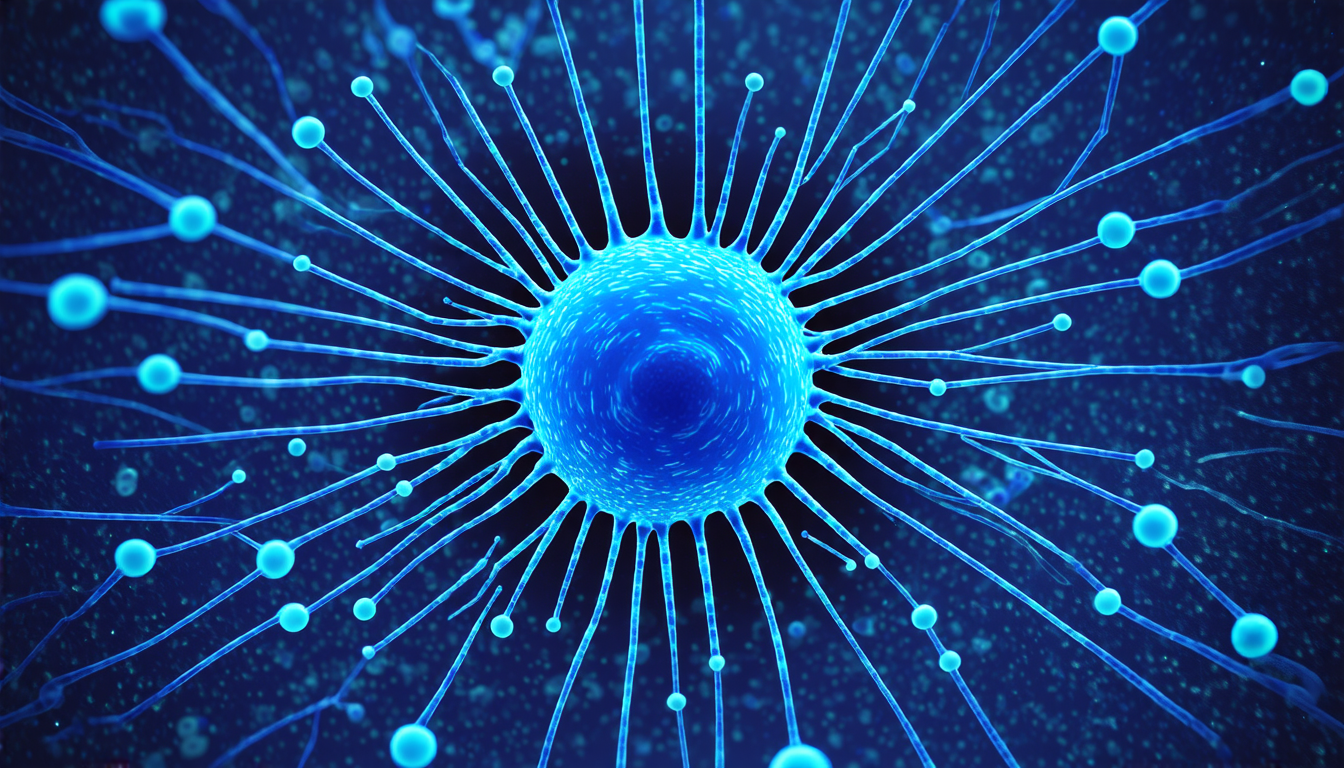Saturday 05 April 2025
For decades, scientists have been trying to understand how our bodies respond to mechanical stress – the kind of pressure and tension that builds up when we exercise or move around. Now, a new study has shed light on this process by revealing the surprising role that receptors on the surface of cells play in detecting and responding to mechanical stimuli.
The research focused on G-protein-coupled receptors (GPCRs), which are found throughout our bodies and play a crucial role in transmitting signals from outside the cell to inside. These receptors are responsible for responding to a wide range of chemical and hormonal signals, but until now, it was unclear whether they could also detect mechanical stress.
To investigate this question, scientists used advanced imaging techniques to observe how GPCRs behaved when subjected to different types of mechanical stress. They found that these receptors were highly sensitive to changes in membrane tension – the force exerted on the cell membrane by external pressures and forces.
But here’s the surprising part: the researchers discovered that GPCRs don’t just detect mechanical stress, they also use it to fine-tune their own activity. In other words, when a cell is subjected to mechanical stress, the receptors on its surface can adjust their behavior to respond more effectively to chemical signals.
This process is thought to play a key role in many physiological processes, including the regulation of blood pressure and heart rate. For example, when we exercise, our hearts have to work harder to pump blood around our bodies – and it’s GPCRs on the surface of cardiac cells that help them respond to this increased demand.
The study also highlights the importance of membrane curvature in regulating receptor activity. When a cell is subjected to mechanical stress, its membrane can become distorted or curved, which affects the way receptors function. The researchers found that certain types of curvature can actually enhance receptor activity, while others can suppress it.
These findings have significant implications for our understanding of cellular mechanics and how cells respond to their environment. They also suggest new avenues for research into diseases such as hypertension and heart failure, where GPCR dysfunction may play a key role.
In the future, scientists hope to use this knowledge to develop new therapies that target GPCRs and improve our bodies’ ability to respond to mechanical stress. By understanding how these receptors work, we may be able to develop more effective treatments for a range of conditions – and unlock new insights into the intricate workings of our cells.
Cite this article: “Unlocking the Secrets of Mechanosensitive Receptors: A Breakthrough in Understanding Cell Signaling”, The Science Archive, 2025.
Cells, Receptors, Gpcrs, Mechanical Stress, Membrane Tension, Cellular Mechanics, Heart Rate, Blood Pressure, Hypertension, Therapy







